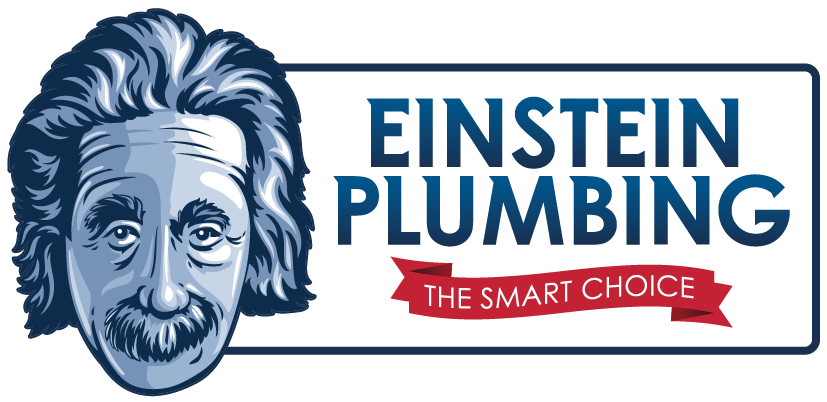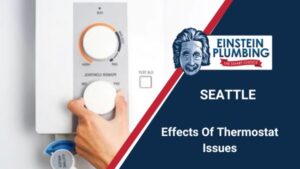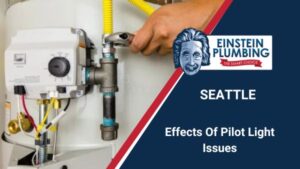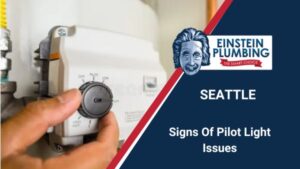Plumbing, an integral facet of our everyday lives, boasts a storied history that spans centuries. From the extraordinary engineering marvels of ancient civilizations to the cutting-edge innovations of the present day, plumbing has evolved continually, enhancing our quality of life. This article embarks on a captivating journey through the annals of plumbing history, shedding light on pivotal milestones and revolutionary innovations along the way.
Historical Significance of Plumbing
Early Plumbing in Ancient Civilizations
The roots of plumbing extend deep into the annals of history, reaching back to the earliest civilizations. Ancient societies, such as the Egyptians, Greeks, and Romans, left indelible marks on the development of plumbing. They crafted intricate systems of aqueducts, sewage drains, and public baths, showcasing remarkable feats of engineering. These early plumbing systems, though rudimentary by today’s standards, demonstrated humanity’s innate desire to harness the power of water for its benefit.
Roman Aqueducts and Lead Pipes
Ancient Rome stands out as a paragon of plumbing sophistication. The Roman Empire’s intricate aqueducts, coupled with lead pipes, facilitated the transportation of water over vast distances, fueling the growth and prosperity of cities. Yet, as innovative as lead pipes were, they raised concerns about health due to lead contamination, underscoring the delicate balance between progress and potential harm.
Medieval Plumbing in Europe
Following the decline of the Roman Empire, plumbing systems in Europe regressed. The general populace lacked access to advanced plumbing, and the knowledge of ancient plumbing practices dwindled. However, monasteries and castles preserved rudimentary plumbing, featuring basic toilets and drainage systems. These humble systems represented a vestige of plumbing’s potential, awaiting a renaissance.
The Renaissance and Plumbing Revival
The Renaissance period witnessed a rekindling of interest in plumbing and sanitation. Innovations such as the flush toilet, pioneered by Sir John Harington in 1596, re-emerged in European households. This era marked the genesis of more sophisticated plumbing systems, heralding a new era of progress in plumbing.
Modern Plumbing Advancements
19th-Century Plumbing Innovations
The 19th century ushered in transformative advances in plumbing. Indoor plumbing became ubiquitous, heralding a new era of hygiene and convenience. Thomas Crapper’s invention of the modern toilet revolutionized personal sanitation. Cast iron and copper pipes supplanted lead, mitigating longstanding health concerns associated with lead plumbing.
Water Heaters and the Birth of Hot Water Plumbing
The late 19th century witnessed the invention of water heaters, introducing the concept of hot water plumbing. These innovations transformed personal hygiene and comfort, paving the way for modern hot water plumbing systems, a hallmark of contemporary living.
Sewage and Sanitation
The 19th and early 20th centuries marked a pivotal moment in public health with the development of sewage systems in major cities. Innovations such as the S-trap in drains prevented sewage gases from infiltrating homes, dramatically enhancing sanitation and reducing the threat of waterborne diseases.
Plastic Pipes and PVC
The mid-20th century witnessed the advent of plastic pipes, with polyvinyl chloride (PVC) emerging as a game-changing plumbing material. PVC pipes offered durability, cost-effectiveness, and resistance to corrosion, ushering in a new era of plumbing technology.

Emerging Trends and Innovations
Green Plumbing Practices
In the 21st century, there is a resounding emphasis on eco-friendly plumbing practices. Water-saving fixtures, including low-flow toilets and efficient showerheads, have revolutionized water conservation. Rainwater harvesting systems and graywater recycling contribute to sustainability by reusing water for non-potable purposes, such as irrigation. These practices align with broader goals of conserving water resources and reducing environmental impact.
Smart Plumbing Technologies
The advent of the Internet of Things (IoT) has ushered smart plumbing into our homes. Smart faucets and toilets equipped with sensors enable precise control of water flow, curbing waste. Leak detection systems, integrated with IoT platforms, provide real-time monitoring and alerts, averting water damage and fostering responsible water usage.
Advancements in Water Filtration
Amid rising concerns about water quality, contemporary plumbing systems often incorporate advanced water filtration technologies. These systems guarantee that the water we consume is pure and safe, addressing the need for high-quality drinking water.
Hydronic Heating Systems
Modern hydronic heating systems, which employ water for heat distribution, offer energy-efficient alternatives to conventional forced-air heating systems. By delivering consistent and energy-saving warmth, these systems elevate indoor comfort and reduce energy consumption.
Hydronic heating systems represent a significant leap forward in heating technology, offering a range of benefits that set them apart from traditional forced-air heating systems. Let’s delve deeper into the world of hydronic heating and explore the reasons behind its growing popularity as a more energy-efficient and comfortable heating solution.
The Core Principle of Hydronic Heating
At the heart of hydronic heating systems is a simple yet highly effective principle: the circulation of hot water through a network of pipes to radiate heat into living spaces. This method of heating not only provides consistent warmth but also offers several advantages over conventional forced-air systems.
Energy Efficiency and Lower Utility Bills
One of the standout features of hydronic heating systems is their exceptional energy efficiency. Traditional forced-air systems often suffer from heat loss through ducts, resulting in energy waste. In contrast, hydronic systems minimize such losses by delivering heat directly where it’s needed. The water in the system retains heat exceptionally well, allowing for precise control of temperatures. This means that less energy is required to maintain a comfortable indoor environment, translating into reduced energy consumption and lower utility bills.
Zoned Heating for Customized Comfort
Hydronic systems are designed with zoning capabilities in mind. This means that different areas or rooms within a home can have their own dedicated heating zones. Each zone can be controlled independently, allowing for customized comfort levels throughout the living space. This flexibility not only enhances comfort but also further contributes to energy savings by only heating the areas in use.
Radiant Heat for Added Comfort
Hydronic heating systems primarily employ radiant heating, which is renowned for its superior comfort. Radiant heat warms objects and surfaces in a room, including floors, walls, and furniture. These warm surfaces, in turn, emit heat to create a gentle, enveloping warmth that is evenly distributed throughout the space. This eliminates the discomfort often associated with forced-air systems, where heated air can feel dry and drafty.
Low Maintenance and Durability
Hydronic heating systems are known for their durability and low maintenance requirements. The absence of blowers or fans reduces the need for frequent cleaning or filter replacements. Moreover, the components of hydronic systems, including the pipes and boiler, are designed to withstand years of use without significant wear and tear.
Quiet and Discreet Operation
Unlike forced-air systems that can be noisy due to the operation of blowers and ductwork, hydronic heating systems operate quietly. There are no loud fans or vents distributing air, allowing for a peaceful and serene indoor environment. This makes hydronic systems an excellent choice for bedrooms and living areas where noise levels can be a concern.
As we embark on this exploration of plumbing’s history, it becomes apparent that this indispensable facet of modern living has traversed a considerable distance. It has evolved from its nascent beginnings in ancient civilizations to the intricate systems that grace our homes today. Plumbing not only caters to our fundamental needs but also plays a pivotal role in preserving our health and well-being.
From the lead pipes of ancient Rome to the smart plumbing systems of the 21st century, the odyssey of plumbing attests to human innovation and adaptability. It underscores our capacity to surmount challenges, address health concerns, and embrace sustainability. Plumbing has undeniably enhanced our quality of life, and its journey is far from over.
Einstein Plumbing proudly embraces these innovations, furnishing state-of-the-art plumbing solutions to cater to the needs of modern homeowners. Whether addressing the requirements of Gig Harbor Washington Plumbing Experts, providing Emergency Plumbing Services in Gig Harbor Washington, r addressing Gig Harbor Washington Residential Leak Repair, our dedication to excellence and progress in plumbing remains unwavering. We also service many areas in Washington, such as Auburn, Beaux Arts Village, and Edmonds. As we venture forward, the future of plumbing promises even more remarkable innovations, ensuring that this vital facet of our lives continues to elevate our well-being and promote sustainability.









